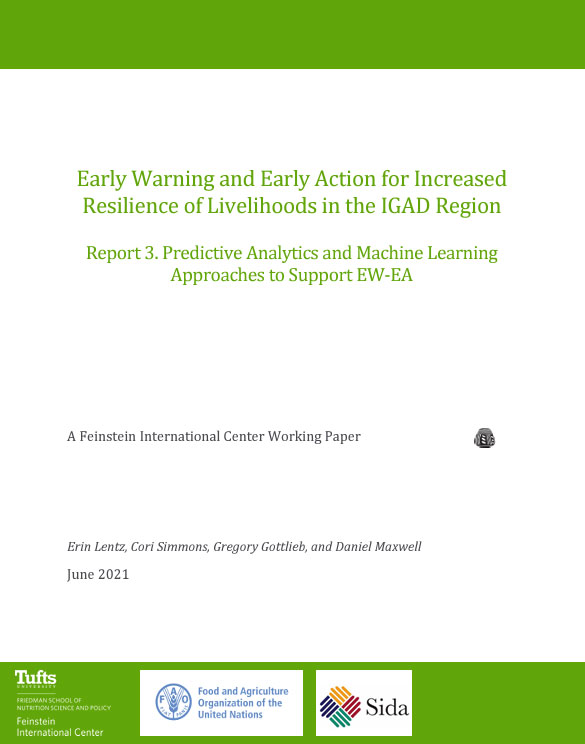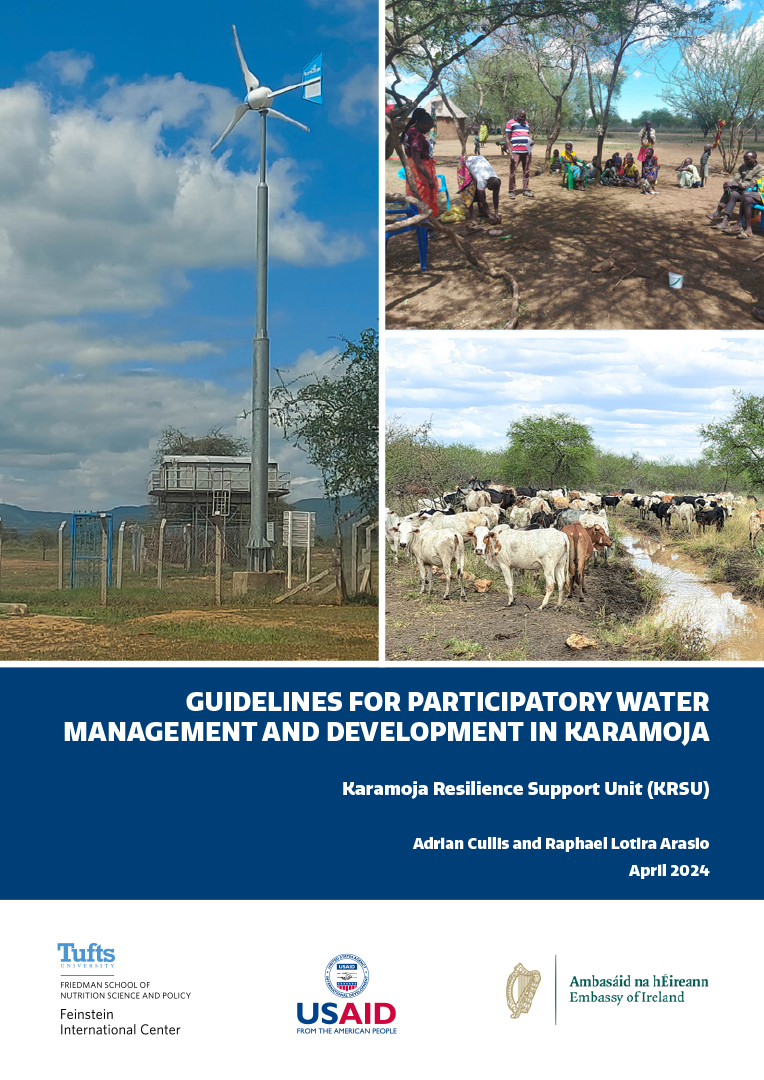Predictive analytics (PA) for early warning systems hold great potential for East Africa EW-EA information systems. Although the potential of PA for food security early warning has not yet been reached, numerous projects are in development or are in the “proof of concept” phase.
PA has recently received a great deal of interest in the practitioner, researcher, and donor communities because it offers a way to synthesizing large amounts of data to generate diagnostic evidence. PA can be used at multiple stages in the humanitarian diagnostic and analysis system to predict hazards such as future drought or predict outcomes such as future food security status.
The successful incorporation of predictive analytics into a humanitarian diagnostics system will require modelers, analysts and decisionmakers to make choices about what their objectives for the model are, and what they prioritize in their models.
The focus of this review is on predictive analytics for food security EW-EA and resilience. We provide a brief overview of how the techniques of machine learning can support predictive analytics. We then highlight several significant decisions and discuss the implications of these decisions for achieving modeling objectives. Finally, we present an overview on selected predictive analytic models that focus on food security and related hazards.
This is Report 3 in a multi-part report:
- The Executive Summary provides a brief overview of the all the reports.
- Report 1 provides the background to the study, a brief conceptual overview, the main findings of the study, and the recommendations to FAO and IGAD.
- Report 2 provides a description of existing regional and national EW-EA systems.







